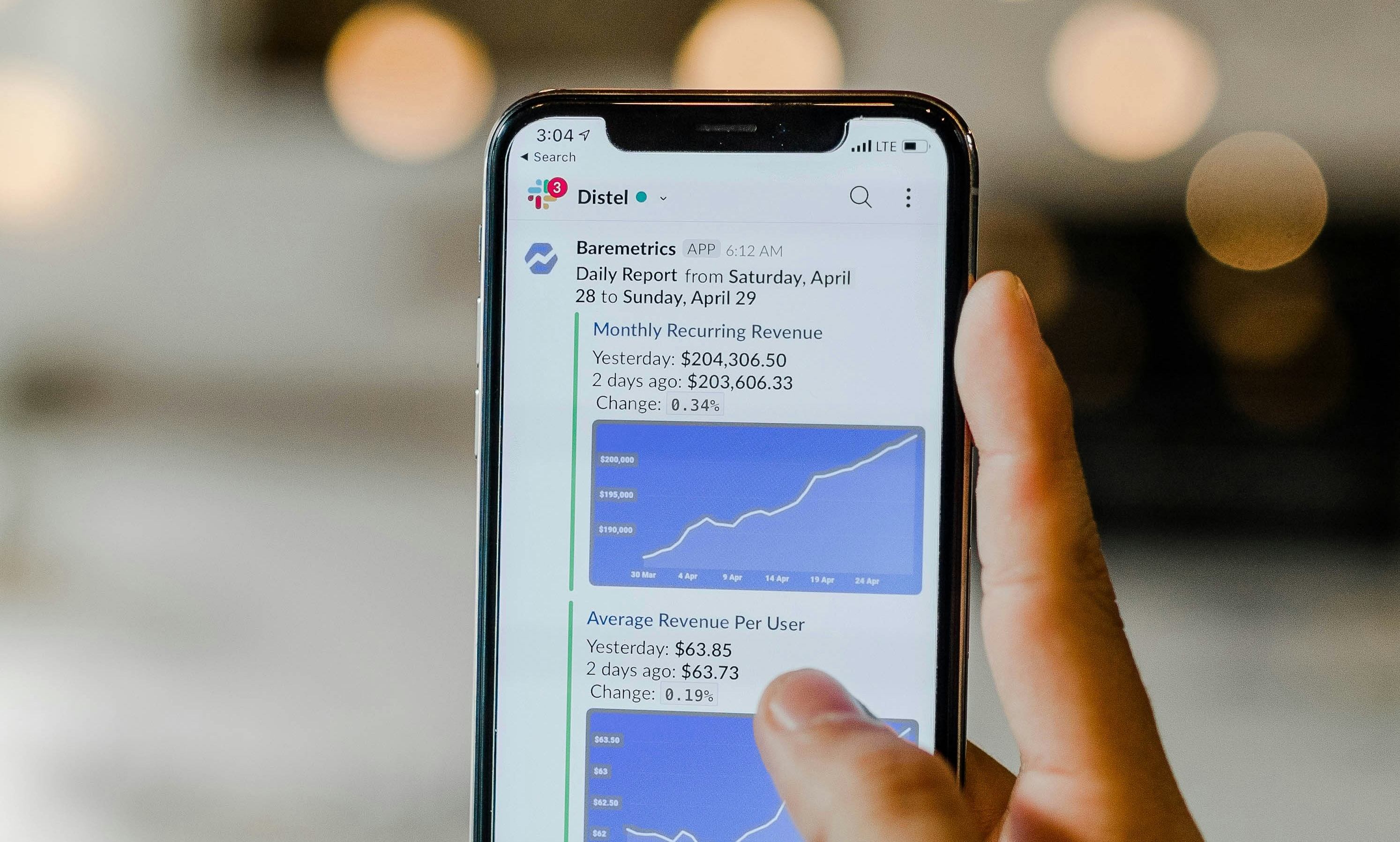Balance is great, isn’t it? One method of measuring and evaluating your product performance is to use a balanced scorecard. What is this exactly? Well, a balanced scorecard is a tool or strategy you can use to evaluate how your business is performing relative to your businesses direction goals, portfolio targets and how execution of tasks happens within your business. It is made up of four core areas, financial, customer, internal processes and organisational capacity. Within your financial branch, metrics such as revenue or profit exist as measures of your businesses performance. However, if this measure is underperforming the likely cause will be related to a different area of your balanced scorecard. You can follow the steps below to create a balanced scorecard for your SME.
> Step 1.
Establish some metrics you want to evaluate. You can do this by thinking about what is important for your business direction or strategic alignment. Some examples may include:
> How much money is the product we launched generating in its area of the market?
> How many products are we producing each day?
> Did we meet the product-time-to-market goals originally set out for us?
> Is our market share what we expected it to be?
> Step 2.
Secondly, quantitatively measure (as best as your SME can) how well your business has performed against these criteria. Was it leading with respect to the metric being assessed? Was your business generating more revenue than expected, or was production higher than what was anticipated? These are all examples of leading metrics. Lagging metrics are the opposite, and are crucial to measure because they often provide insights into areas of your business that are not performing very well. This step is similar to preforming a root cause analysis. More information about RCA can be found under the resources section.
After doing this, you should have an understanding of you company in terms of a balanced scorecard, as well as how to find evaluate success metrics and find the root cause of any areas of your company that are underperforming.
